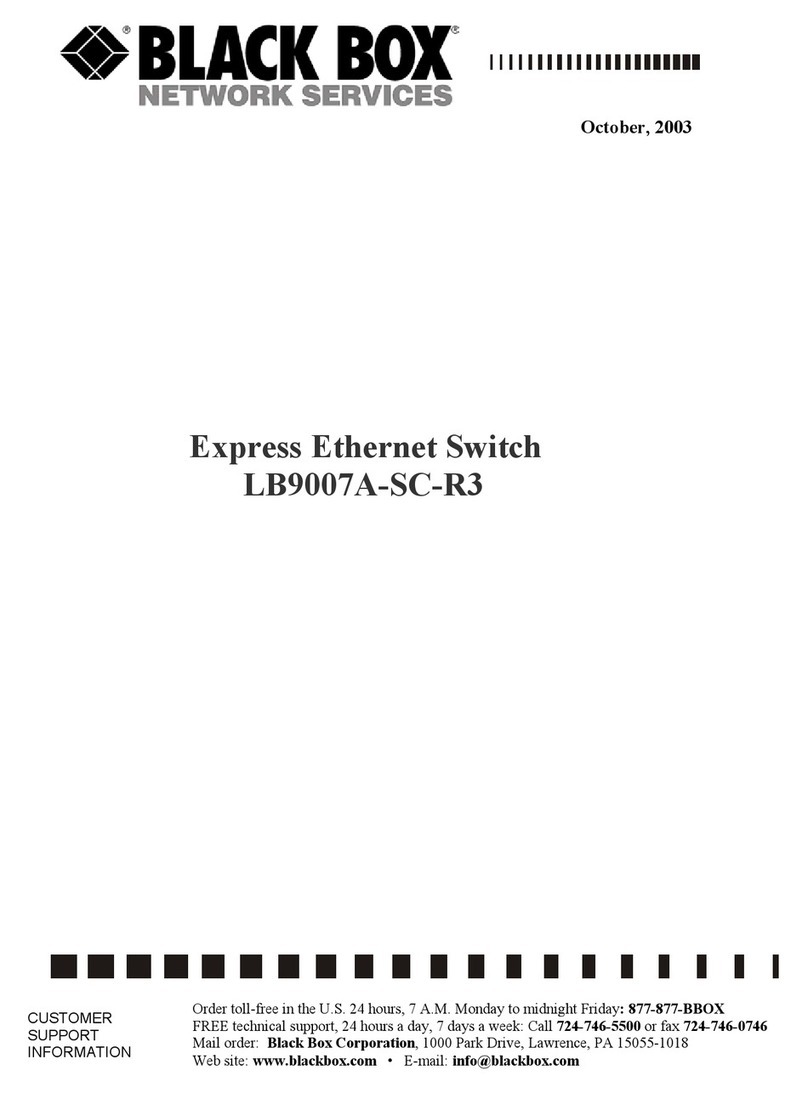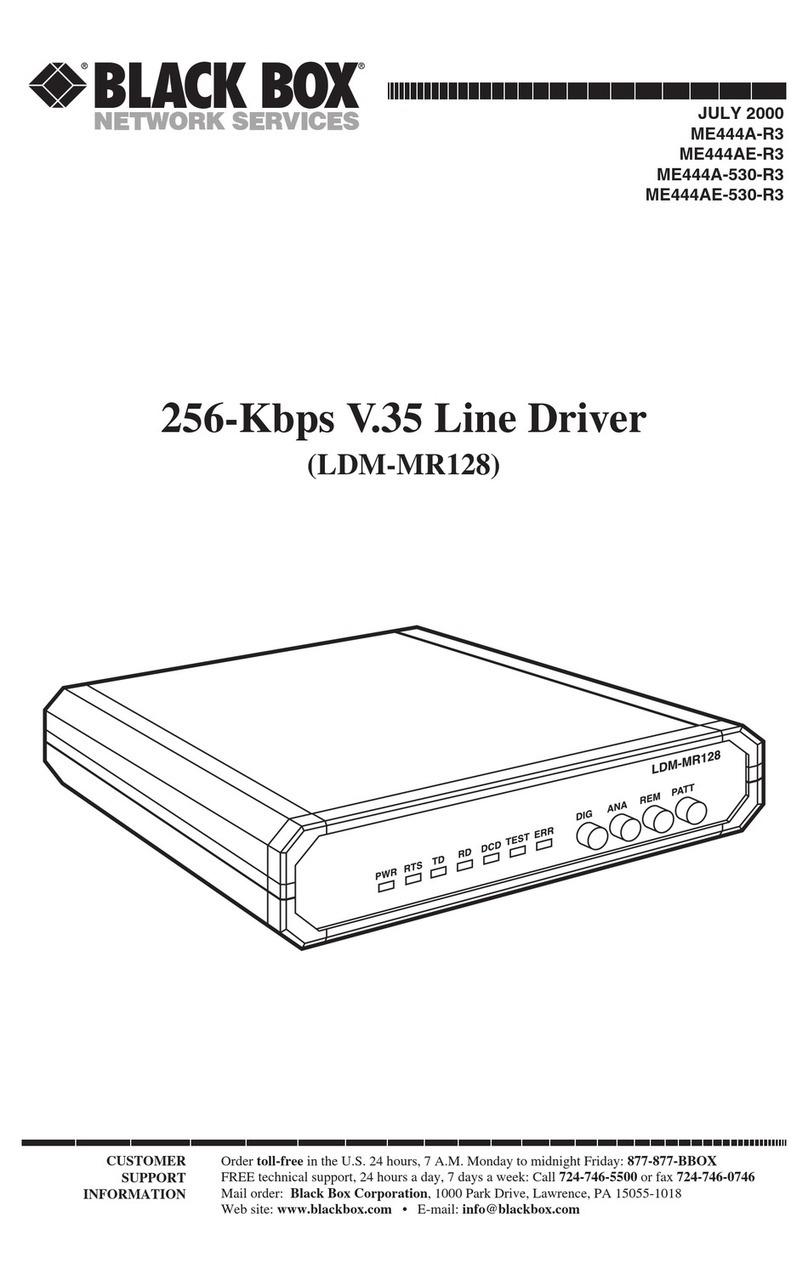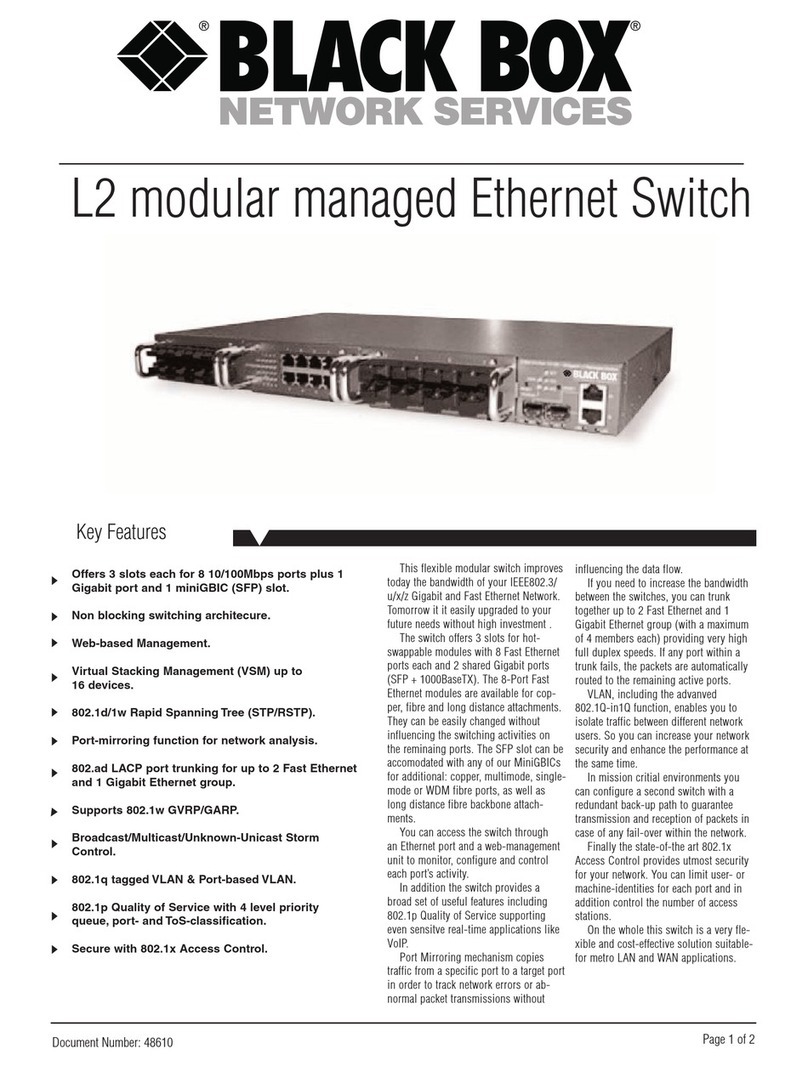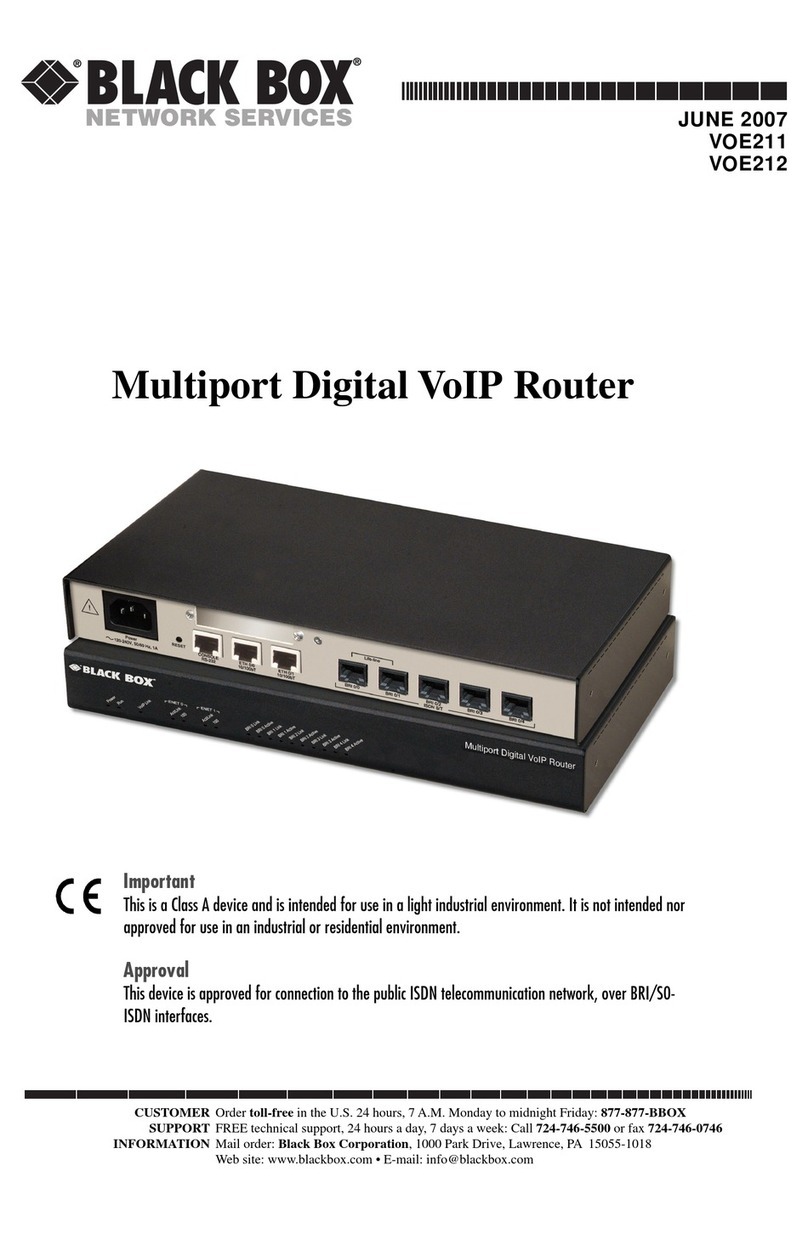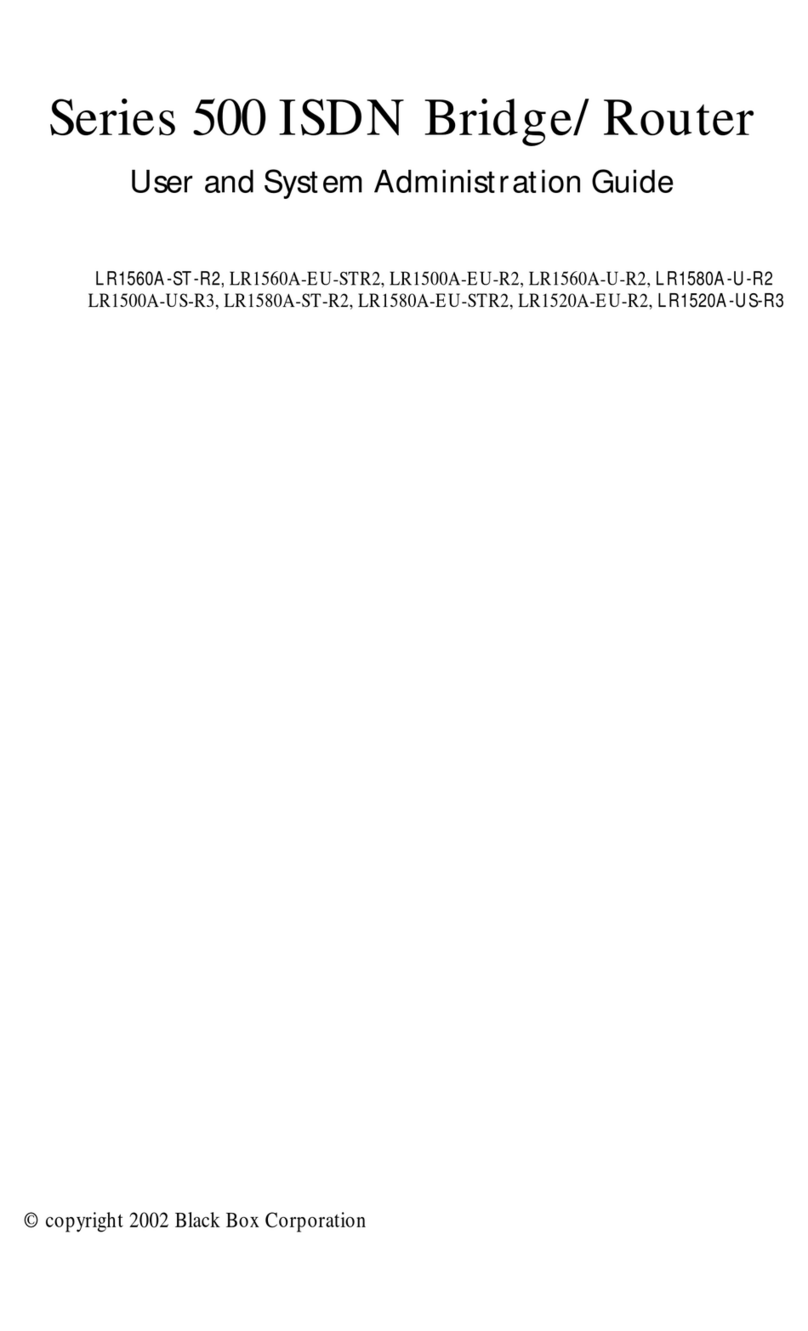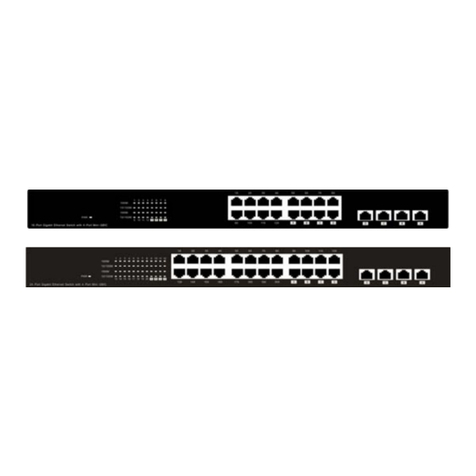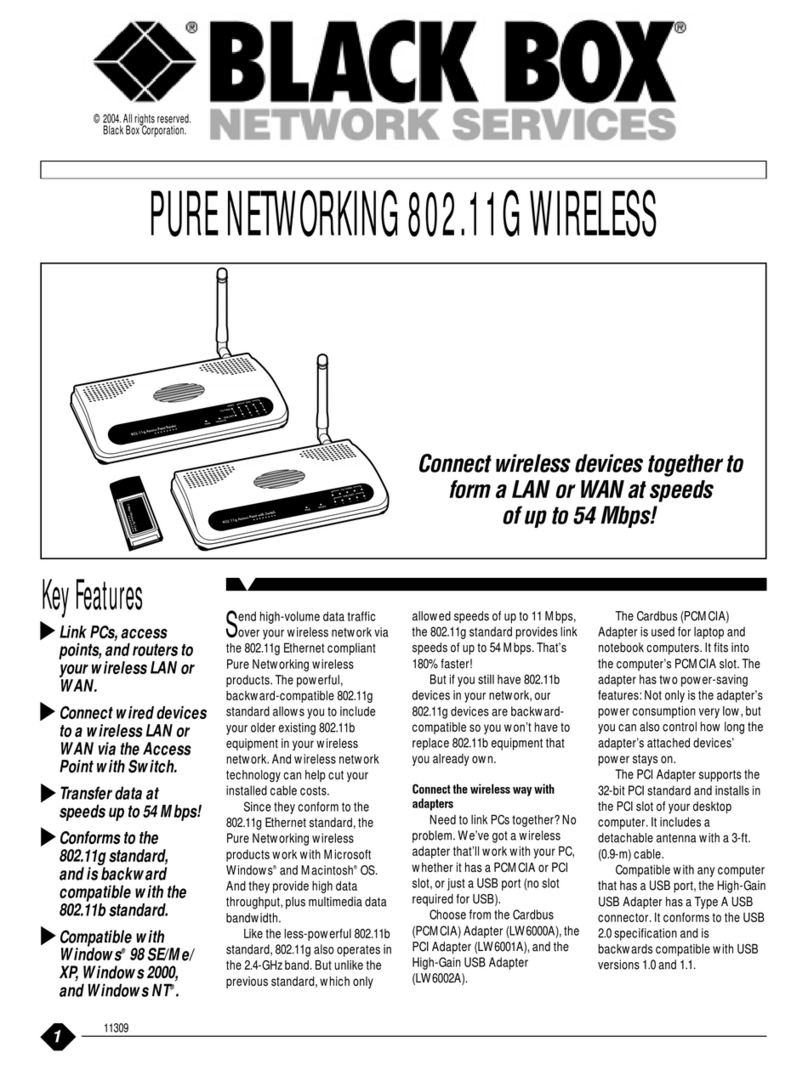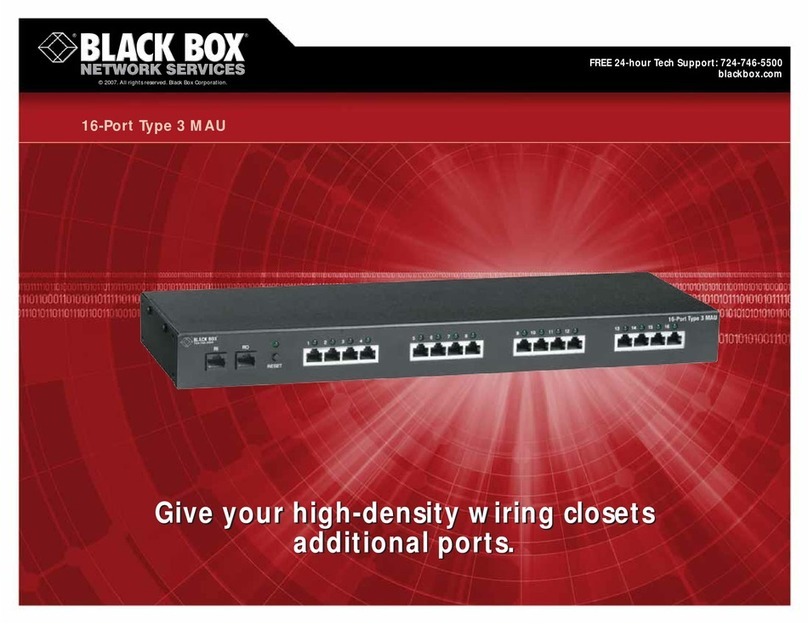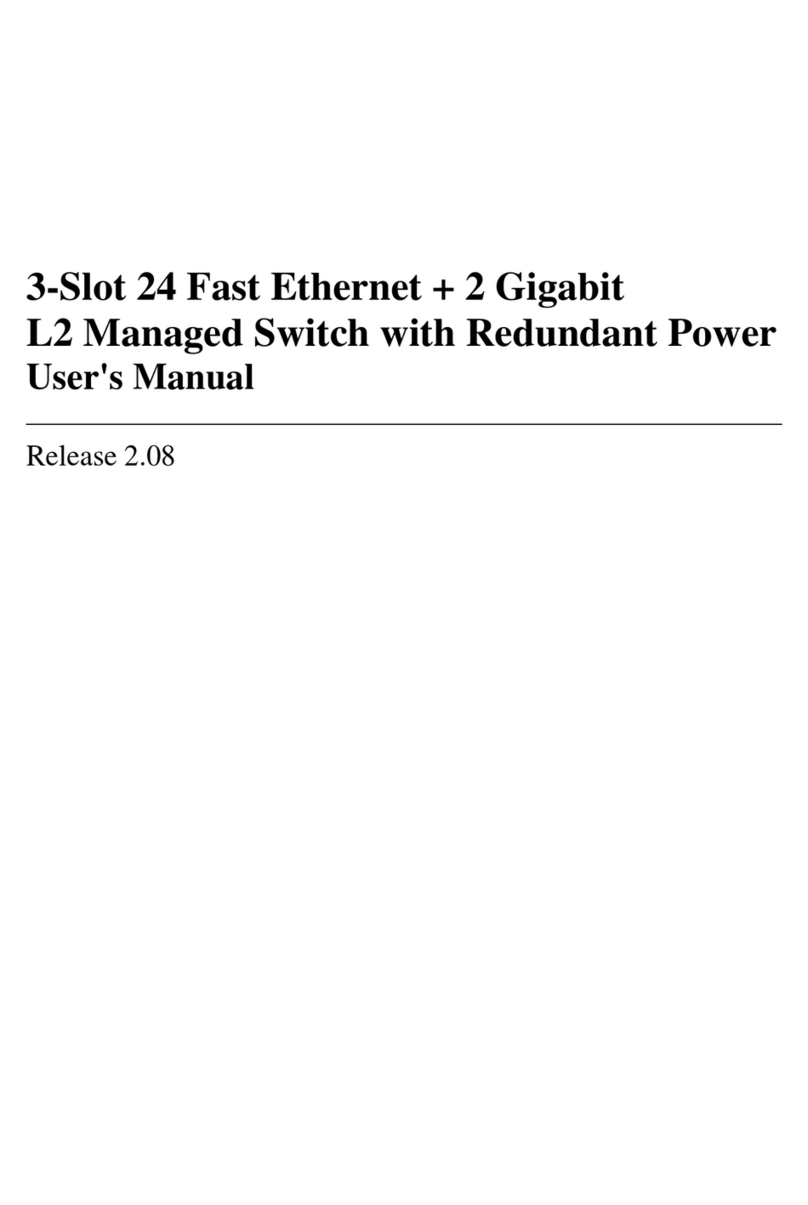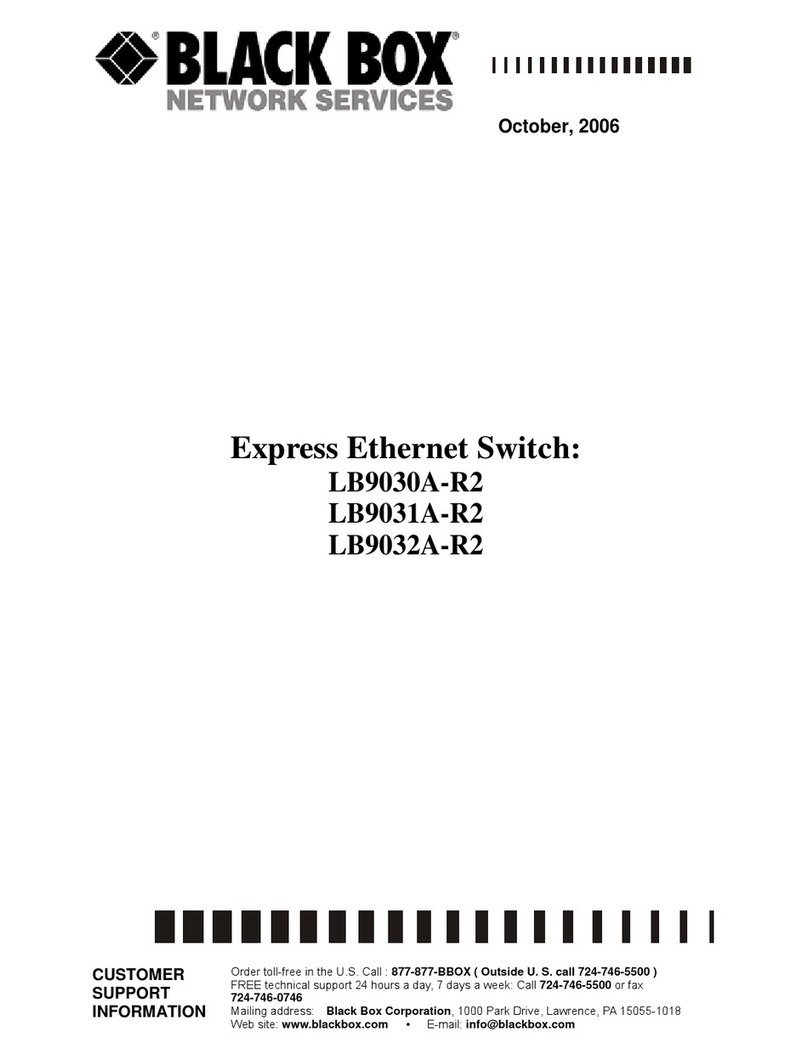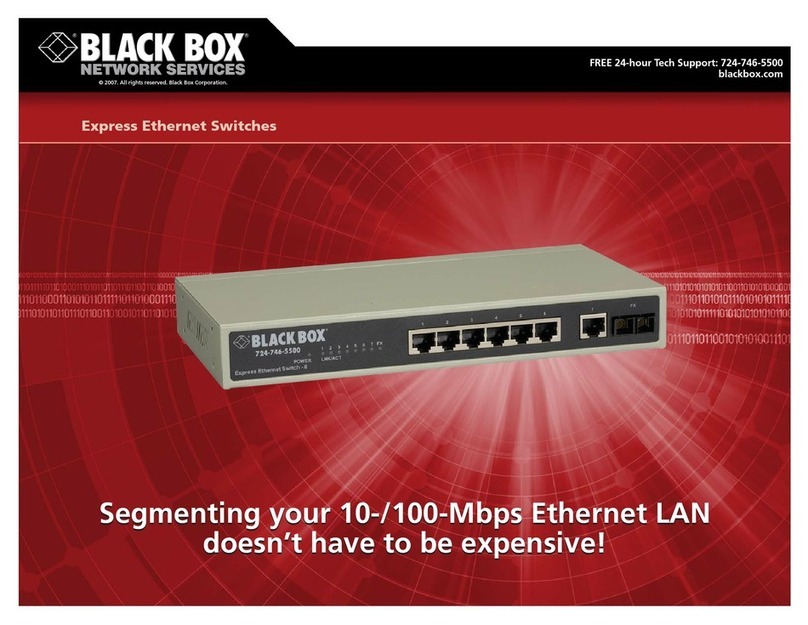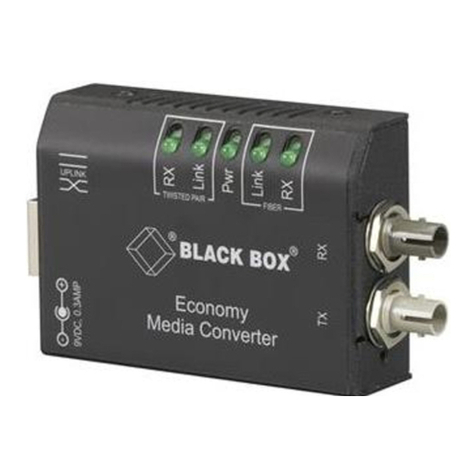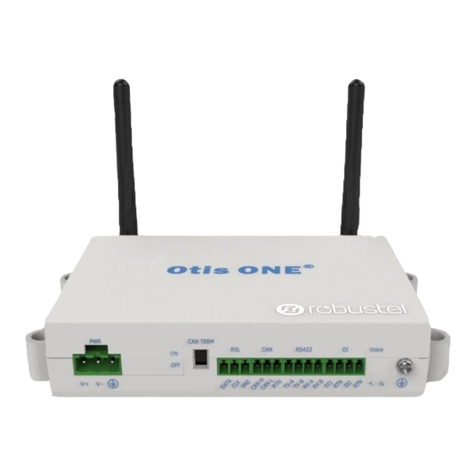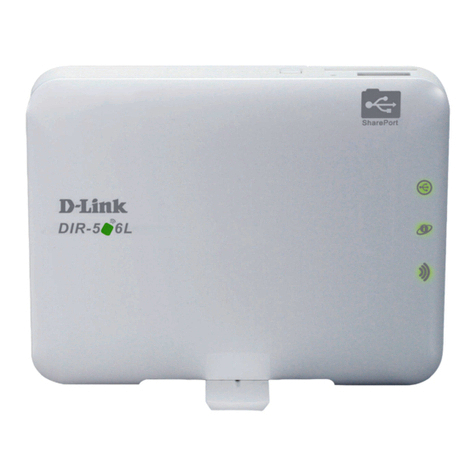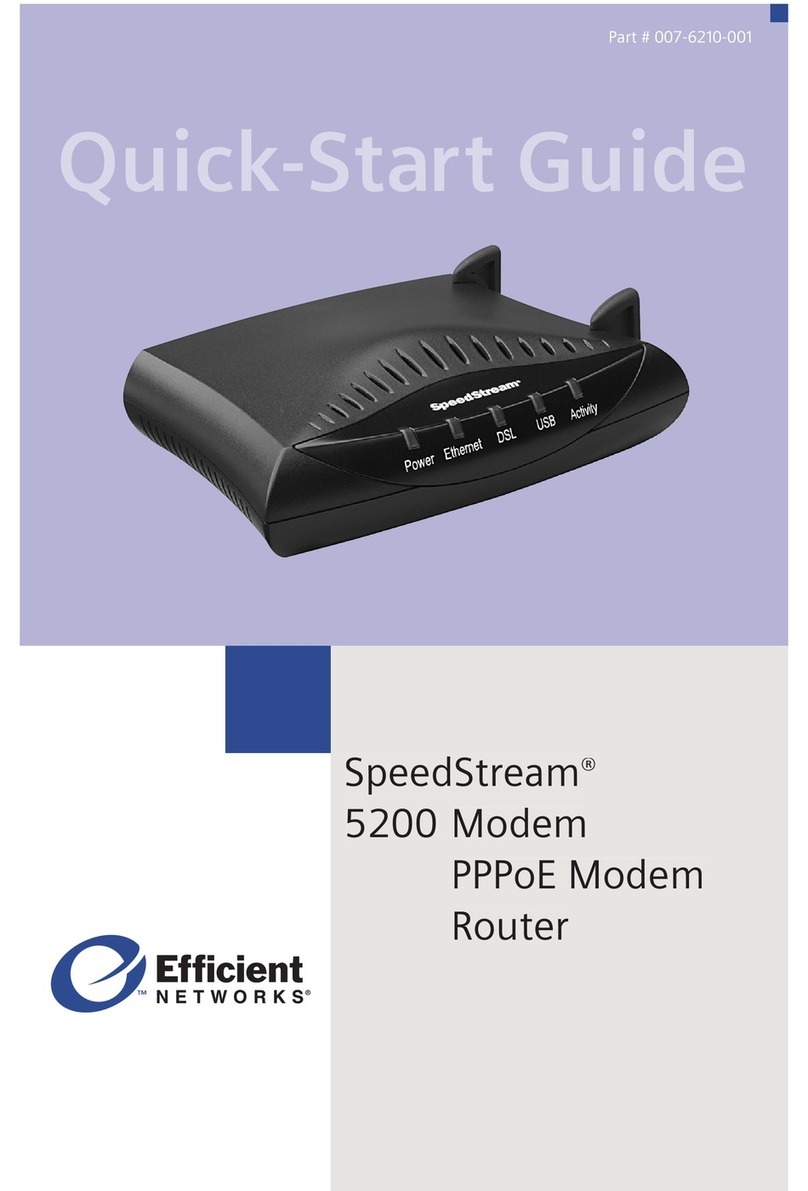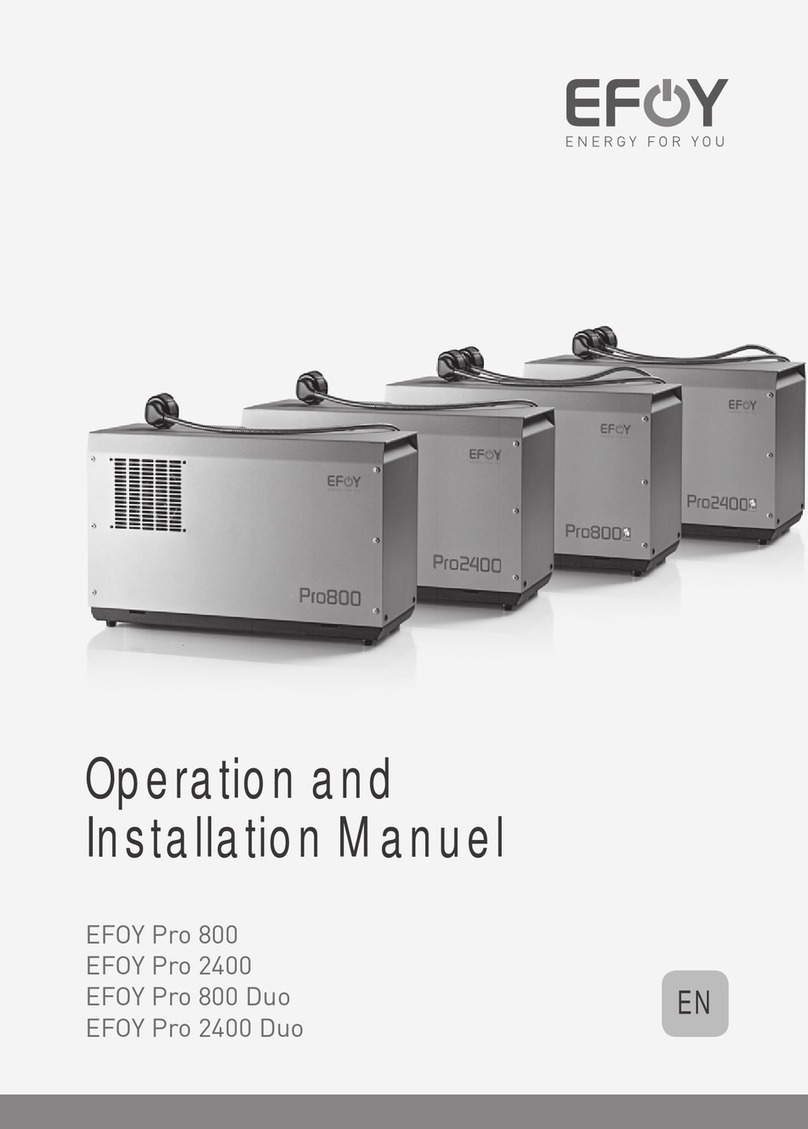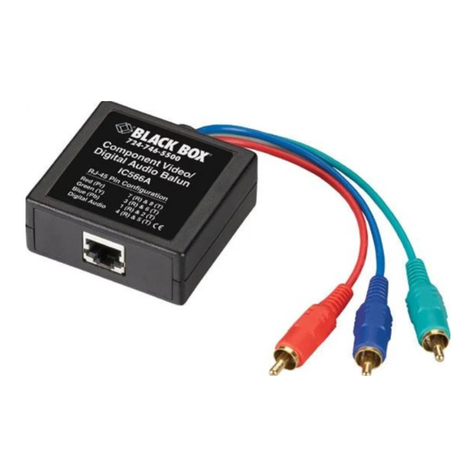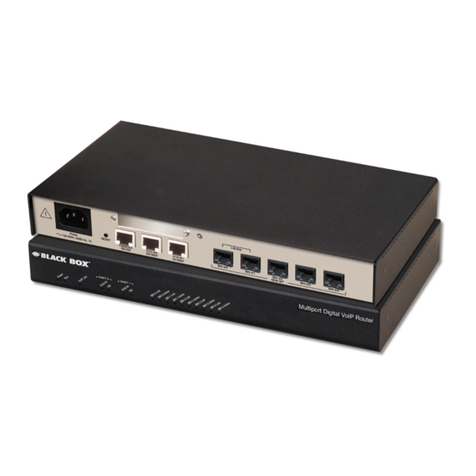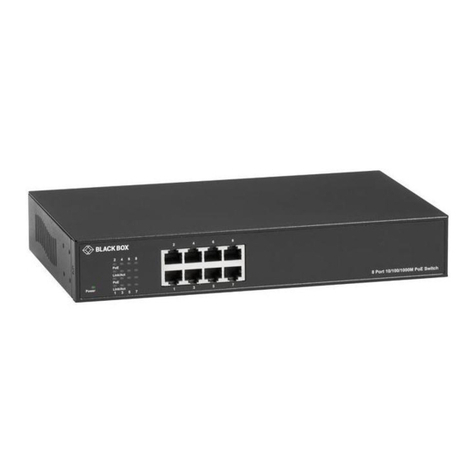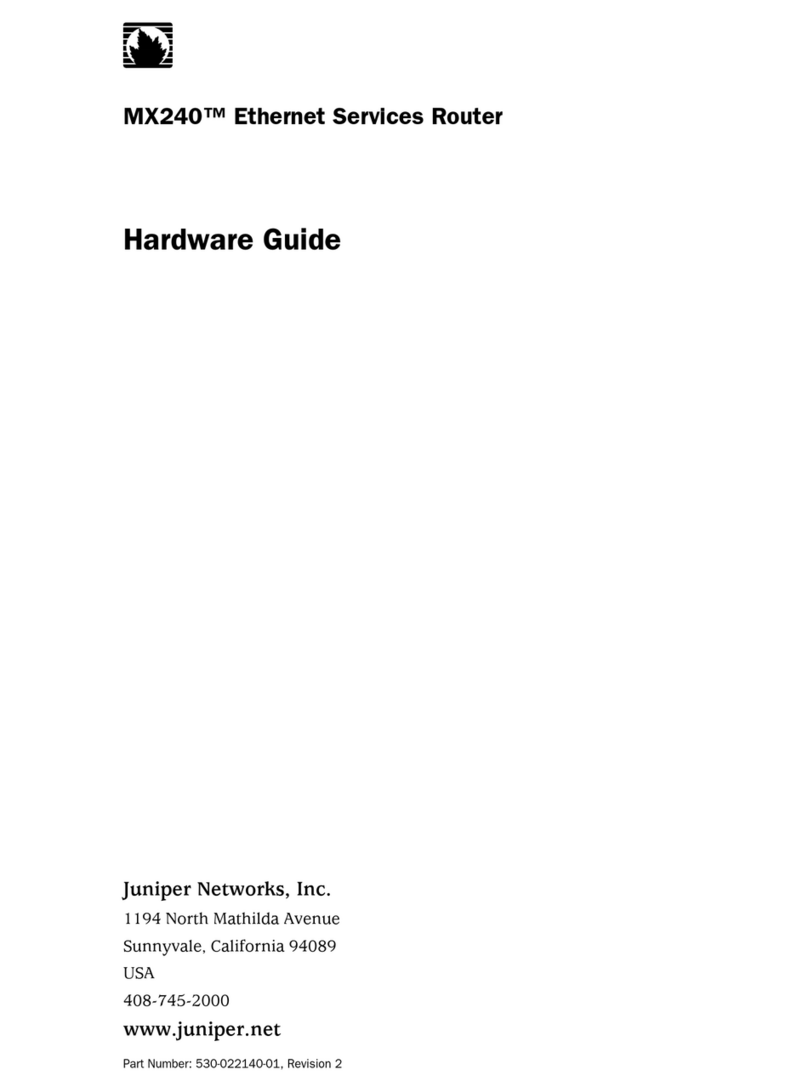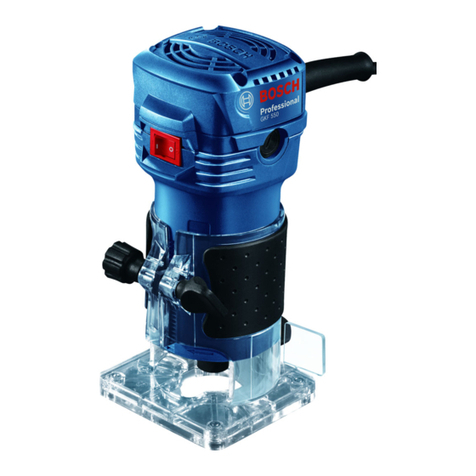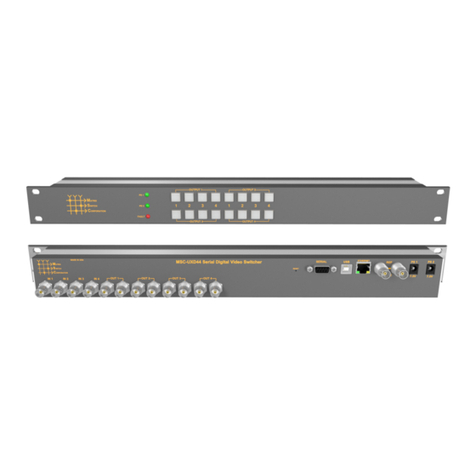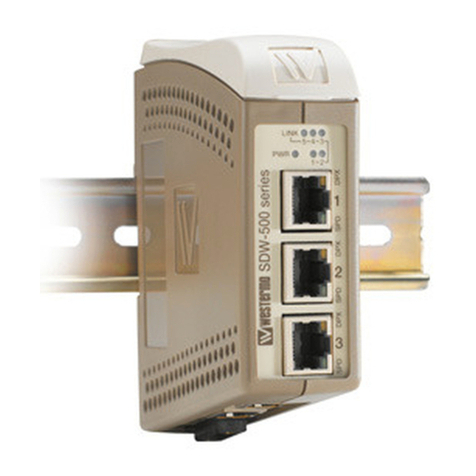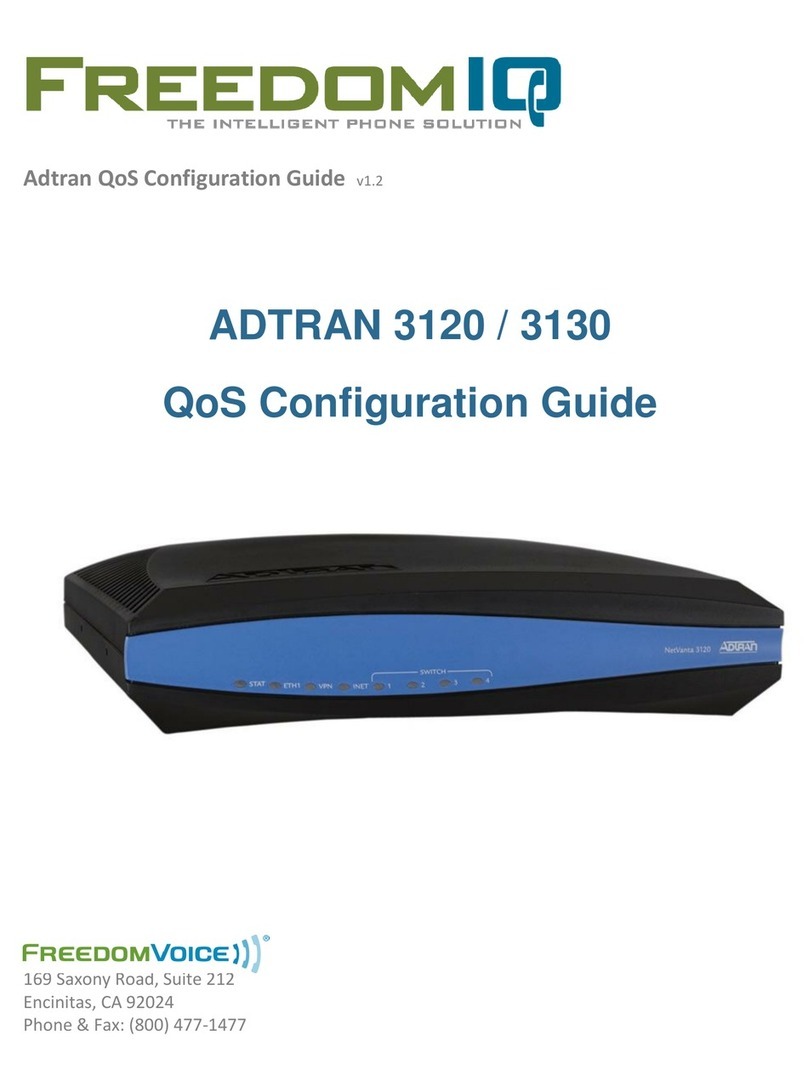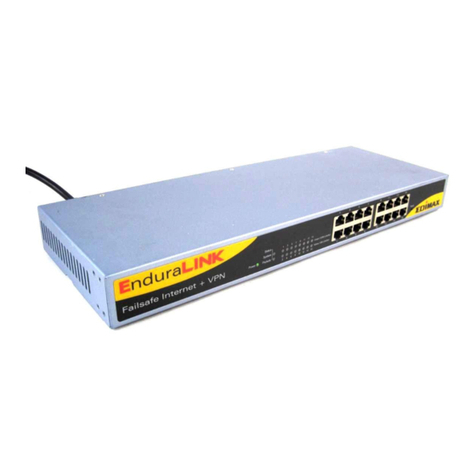
Introduction
10
The checksum is a hold-over field from the XNS model used by Novell. In the original XNS header, the checksum
was used; however, Novell decided that the MAC trailer CRC was enough protection and the IPX header checksum
need not be used. Therefore the IPX checksum is permanently set to FFFF.
The length field indicates the total length of the IPX packet. Note that the data portion can be any length up to 546
bytes, so the length field is needed in the header.
The Transport Control field is used for counting the number of routers the frame has traversed. In other words, it is
a hop count. This operation uses only 4 of the 8 bits; the remaining 4 bits are reserved (by Novell) for future use so
we could see additional information contained in the Transport Control field if Novell decides to use the excess
capacity.
The Packet Type indicates what type of service is using the packet. Some common packet types include type 1, RIP;
type 2, Echo; type 4, IPX; and type 17, Netware Core Protocol.
Establishing an IPX Connection
The Netware model is Client/Server, where Clients initiate calls to Servers for various purposes. The Clients are made aware
of the presence of Servers by listening for Service Advertisement Protocol (SAP) broadcasts. Servers send SAP broadcasts
regularly to identify themselves, including their address and what type of service they offer (File Server, Print Server, Fax
Server, etc.).
Services also are referred to by their name. Server names are assigned by the network administrator, and are usually
representative of the server’s function. As an example, a network might have three File Servers named “GeneralFS,”
“OrderProcessingFS,” and “DevelopmentFS.” Each of these servers would send out SAPs to inform the Clients of their
presence. The Clients can display a list of Servers, and initiate a connection to the desired server using the servers name.
Typically, Clients are pre-programmed with the name of the “Preferred Service,” which allows the Client station to connect
automatically (without human intervention) to the Preferred Server. When no Preferred Service is set, the Client automatically
connects to the first Server it hears. This is because a Client without a Server is almost useless in most Novell applications.
Once an IPX connection has been established between a Client and the Server, there is often a security screen to manage
access. File Servers are protected by a User ID/Password scheme to ensure that only authorized users are let into the server.
Access privileges within the server are also assigned to the individual users. This prevents a Client logged into the “General”
server from accessing files which are the private property of another user on the same “General” server.
Service Advertisement Protocol
The SAPs are broadcast by Servers at regular intervals, and collected by Clients so that they can keep track of what Servers are
out there. Also, a Client may broadcast a Server Request (“Is there a Server named ‘Whatever’ out there?”), which would be
heard by all Servers, and hopefully the Server which the Client is searching for would respond directly, telling the Client about
itself (the Server).
SAP Broadcasts
The Service Advertisement Protocol broadcast is the standard mechanism that Servers use to announce their
availability to the rest of the network. A server will broadcast a SAP containing from 1 to 15 different Services
offered. Therefore if a single high-end PC is acting as a File Server, a Print Server, and a Fax Server, it would send
out a single SAP that lists all three available Servers. Other servers that offer only a single Service would have only
the one Server in the SAP.
SAP broadcasts are sent out every 30 seconds. They are received by all stations on the LAN (it’s a broadcast after all),
and the station decides what to do with it. Both Clients and Servers maintain a list of all Servers that are broadcasting
availability. A Novell user can execute the SLIST.EXE program to display the current list of known servers.




















